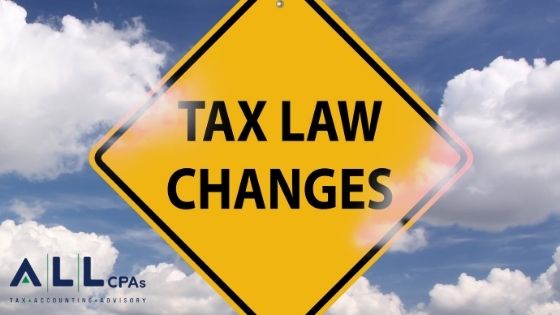
The $900 COVID economic relief package signed into law December 27, 2020 by President Trump allocates $325 billion toward support for small businesses.
Some of the most notable highlights include:
•A total of $284 billion for additional Paycheck Protection Program (PPP) loans and $20 billion for Economic Injury Disaster Loans (EIDL) and grants.
•A $15 billion allocation for shuttered live venues, independent movie theaters and cultural institutions
•A $12 billion allocation that will be set aside for businesses in low-income and minority communities.
•Provisions for a simplified forgiveness process for PPP loans of $150,000 or less, as well as an allowance for expenses that are paid with PPP funds to be deductible for tax purposes.
Generally speaking, the $325 billion earmarked for small businesses is intended to assist entities that can demonstrate economic hardship. Specifically, the new plan includes a second round of funding under the PPP (PPP2) for new borrowers, as well as borrowers that have exhausted their first round of PPP funds. PPP2 is also being made available to Sec. 501(c)(6) businesses such as chambers of commerce, visitors’ bureaus and “destination marketing organizations,” albeit with some restrictions. Additionally, the relief package expands forgivable expenses to include supplier costs and investments in facility modifications; personal protective equipment (PPE) that is necessary to operate safely; expenditures that are essential to a borrower’s current operations; and operating costs such as cloud computing, software and accounting services.
Businesses deemed eligible are those that have 300 or fewer employees (per location for NAICS codes starting with 72), as well as those that have exhausted their first PPP loan (or did not previously receive a PPP loan) and can show a 25% or greater decline in gross revenue in any quarter of 2020 as compared to the same quarter in 2019. Additionally, independent contractors, sole proprietors, self-employed individuals and nonprofit organizations are eligible for the loans.
Additionally, businesses that seek forgiveness for loans of less than $150,000 will receive full forgiveness by submitting a certification to their lender that includes a the total loan amount, a description of the number of employees they were able to retain with the loan proceeds and the amount that was spent on payroll costs. Additionally, the Small Business Administration (SBA) will no longer deduct amounts any EIDL advances received from the PPP forgiveness.
This new round of PPP funding has a framework similar to the first round, and loan amounts will again be based on 2.5 months of payroll costs. That said, borrowers with NAICS codes starting with 72 (e.g., hotels and restaurants) can receive up to 3.5 months of payroll costs. The maximum loan amount under the new round is $2 million, while the 60%/40% allocation between payroll and non-payroll costs will be required for full forgiveness.
Finally, the package extends the Pandemic Unemployment Assistance Program, and it includes $166 billion for economic stimulus payments intended for individuals, as well as $120 billion to provide workers who receive unemployment benefits a $300 per week supplement from December 26, 2020 until March 14, 2021.
Do you have questions about the new $900 billion COVID-19 emergency relief package? Please contact your ALL tax advisor or call us at 617-738-5200.
Recent Articles
Rising Construction Costs from COVID-19 Lead to New Bidding Approaches
Like other essential industries, t [...]
Nexus Requires Compliance and Begins by Filing Tax Returns
“Nexus” may sound like the name of [...]
The Impact You May See from the Build Back Better Act’s Tax Changes
The Build Back Better Act came und [...]




